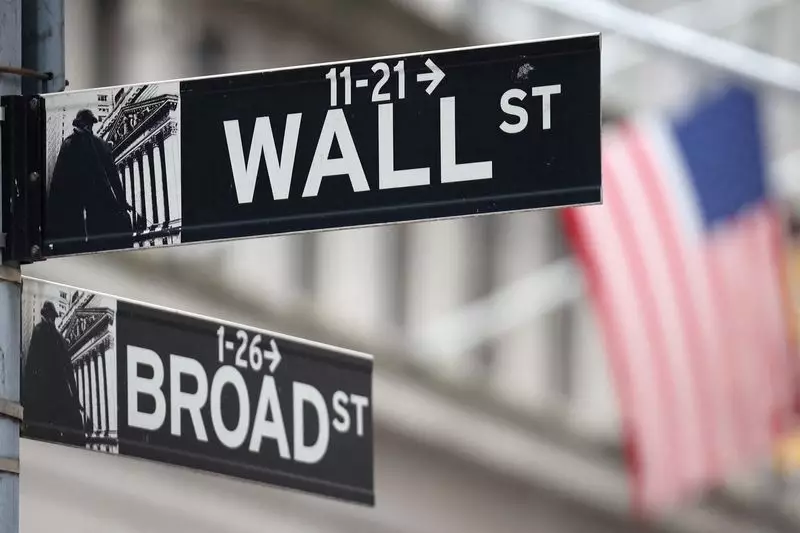On Thursday, the financial markets experienced a rather subdued trading session, with the Dow Jones Industrial Average managing to secure a slight gain. This marks a continuation of its five-day winning streak, demonstrating the obstinate resilience of this index amid fluctuations. In stark contrast, both the Nasdaq Composite and S&P 500 indexes ended the day with minimal losses. These developments illustrate the current tension between rising interest rates and technology stocks, which have been major players in the market’s upward trajectory this year.
Despite a fractional gain of 28.77 points, or 0.07%, for the Dow, trading volumes were notably light, which is an indicator of market hesitancy. The tech-heavy Nasdaq Composite and the broader S&P 500 each slipped slightly, with the former falling 10.77 points (0.05%) and the latter decreasing by 2.45 points (0.04%). This marks a temporary halt to a flourishing streak for the Nasdaq and S&P 500, presenting a clearer picture of the challenges facing these indices as we approach the end of the year.
A significant underlying factor affecting market performance was the rise in U.S. Treasury yields. The benchmark 10-year Treasury note saw its yield ascend to 4.64%, the highest it has been since early May. This increase can have detrimental effects on growth-focused equities, particularly among high-valuation technology companies that rely heavily on borrowed capital for expansion. As borrowing costs rise, investor enthusiasm for these stocks may begin to wane, fostering an environment of cautious sentiment.
However, a successful auction for seven-year Treasury notes provided a momentary respite, as it helped push the 10-year yield back to 4.58% later in the day. The tug-of-war between rising yields and stock prices remains a key theme as analysts continue to monitor investor sentiment and economic indicators closely.
The so-called ‘Magnificent Seven’, the elite group of technology companies leading the market recovery, experienced a downturn on this day, further contributing to the struggles of the indexes. Out of these high-capitalization stocks, six reported declines, with Tesla facing the steepest drop at 1.8%. Conversely, Apple distinguished itself from the pack, showing a modest increase of 0.3%, as it draws closer to being the first public company to reach a market valuation of $4 trillion.
As optimism around artificial intelligence and lower interest rates fueled earlier market gains this year, there is now growing concern among investors regarding the sustainability of this upward trend. Adam Turnquist from LPL Financial expressed caution, indicating that the performance of the Magnificent Seven has become increasingly pivotal for market momentum. Without robust participation from other sectors, the likelihood of ongoing gains in the benchmark indices remains uncertain.
Amid these developments, a recent report revealed a decline in new jobless claims, indicating a resilient labor market. This data reflects a cooling trend in job losses, suggesting underlying strength in the U.S. economy. Despite the overall market mixed signals, this labor market information may offer a glimmer of hope, possibly offsetting some investor apprehensions regarding Federal Reserve interest rate strategies.
Moreover, the phenomenon often referred to as the “Santa Claus rally” is anticipated in the final trading days. Historical data suggests that the S&P 500 has typically gained an average of 1.3% during this seasonal period, largely due to low trading volumes and seasonal investment behaviors. However, investors remain wary, particularly after the volatile movements seen in December.
Investors are now faced with a crucial juncture—whether to continue banking on the Magnificent Seven or to seek opportunities in other sectors. The persistent dominance of these technology stocks raises questions about the long-term balance within the market. Further diversification across sectors will be essential for maintaining upward trajectories in the major indices.
As the end of the year approaches, market participants are likely considering the implications of interest rate announcements and economic indicators. The necessity for broader participation beyond just the tech giants will determine whether the current rally can gain momentum or if further consolidation is in order. With uncertainties in macroeconomic policy and global dynamics, a cautious and informed investment strategy becomes indispensable moving forward.

